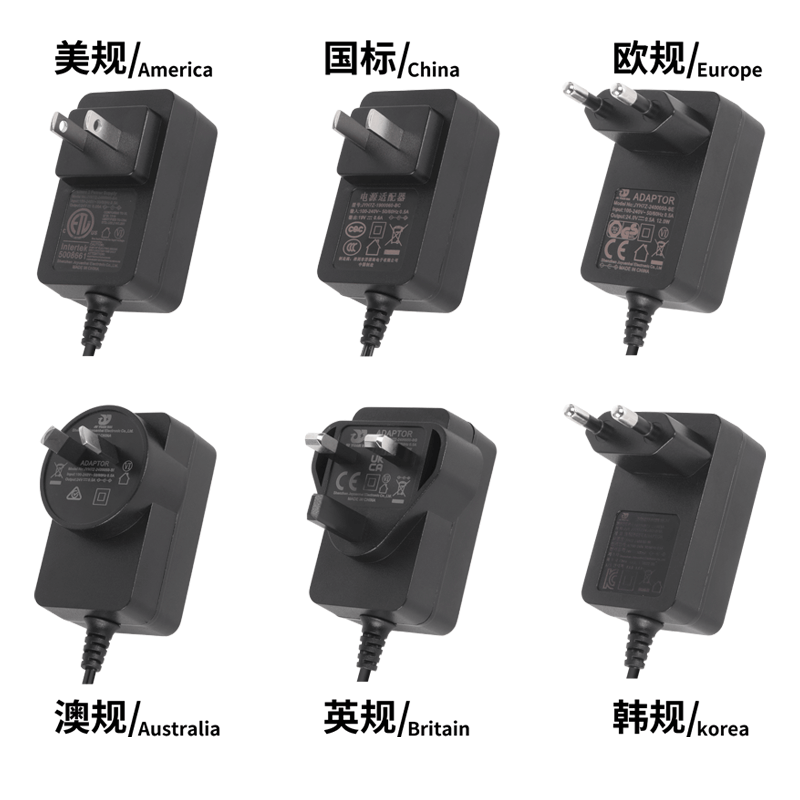

When traveling abroad, one common concern for many individuals is whether or not they can use their power adapter to charge their electronic devices. The last thing any traveler wants is to be left without a means of charging their phone, laptop, or camera. In this article, we will delve into the intricacies of using power adapters abroad, discussing the compatibility, limitations, and tips for a smooth charging experience.
Power plugs and sockets vary across countries, and it is important to understand the different types prevalent in the world. The most commonly used plug types include Type A, Type B, Type C, Type D, Type E, Type F, Type G, Type H, Type I, Type J, Type K, Type L, and Type M. Each type is designated for specific regions and countries, and knowing which type is used in your destination will help you select the appropriate power adapter.
Another crucial aspect to consider when using a power adapter abroad is the voltage and frequency requirements of your electronic devices. Different countries have different electrical systems, with some operating on 110-120 volts at a frequency of 60 Hz (e.g., the United States) and others operating on 220-240 volts at a frequency of 50 Hz (e.g., most of Europe). Ensuring that your devices are compatible with the voltage and frequency of your destination is essential to prevent damage.
Once you have determined the plug type and voltage requirements of your destination, it is time to select the appropriate power adapter. There are various types of power adapters available, including universal adapters that can be used in multiple countries and specialized adapters specifically designed for particular regions. It is advisable to invest in a reliable and high-quality power adapter to ensure seamless charging and avoid any mishaps.
While power adapters enable charging in foreign countries, it is essential to take precautions and follow some tips for a hassle-free experience. Firstly, it is recommended to carry multiple adapters in case of emergencies or to charge multiple devices simultaneously. Secondly, using surge protectors or voltage converters can safeguard your devices from unexpected power surges or fluctuations. Lastly, familiarize yourself with the electrical regulations of your destination to avoid any legal or safety issues.
In addition to power adapters, there are alternative charging options available for travelers. USB charging, portable power banks, and wireless chargers are convenient substitutes that can be used when traditional power outlets are not accessible or compatible. These options provide flexibility and peace of mind, ensuring that your devices stay powered even in the absence of compatible power outlets.
Traveling abroad should not hinder your ability to charge your electronic devices. By understanding the various power plug types, researching voltage and frequency requirements, choosing the right power adapter, taking precautions, and exploring alternative charging options, you can ensure a seamless charging experience while traveling. With proper planning and preparation, you can use power adapters abroad and stay connected without any worries.